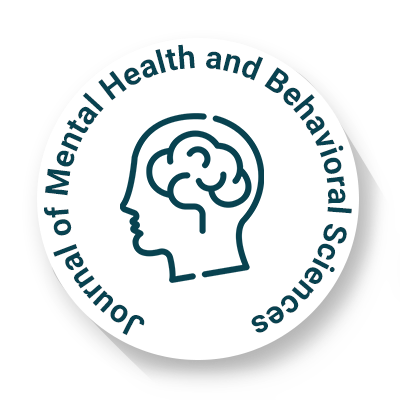
Journal of Mental Health and Behavioral Sciences
OPEN ACCESS

OPEN ACCESS
Obsessive–Compulsive Disorder (OCD) is a chronic psychiatric condition characterized by the presence of obsessions and/or compulsions that cause significant distress and functional impairment. Obsessions are intrusive, unwanted thoughts, images, or urges that provoke anxiety or discomfort. Common obsessions include fears of contamination, concerns about symmetry or order, aggressive or taboo thoughts, and fears of causing harm. Compulsions are repetitive behaviors or mental acts performed in response to obsessions, aimed at reducing distress or preventing feared events. These may include excessive cleaning, checking, counting, or seeking reassurance. In some cases, compulsions are purely mental, such as silent praying or mental reviewing.
The disorder often manifests before the age of 35 and has a prevalence of approximately 2.3% in the general population. Risk factors include genetic predisposition, neurobiological abnormalities involving the orbitofrontal cortex and anterior cingulate cortex, and environmental factors such as childhood trauma or streptococcal infections. Comorbid conditions frequently associated with OCD include anxiety disorders, major depressive disorder, tic disorders, and obsessive–compulsive personality disorder.
Diagnosis is clinical, based on criteria outlined in the Diagnostic and Statistical Manual of Mental Disorders (DSM), and often involves the use of standardized assessment tools like the Yale-Brown Obsessive Compulsive Scale (Y-BOCS) to gauge symptom severity. Differential diagnosis is essential to distinguish OCD from other psychiatric conditions with overlapping symptoms.
Management of OCD typically involves a combination of cognitive-behavioral therapy (CBT), particularly exposure and response prevention (ERP), and pharmacotherapy with selective serotonin reuptake inhibitors (SSRIs) such as sertraline, fluoxetine, or fluvoxamine. In treatment-resistant cases, augmentation strategies may include the addition of antipsychotic medications, clomipramine, or neuromodulation techniques like deep brain stimulation. Early intervention and adherence to treatment protocols are crucial for improving outcomes and quality of life for individuals with OCD.